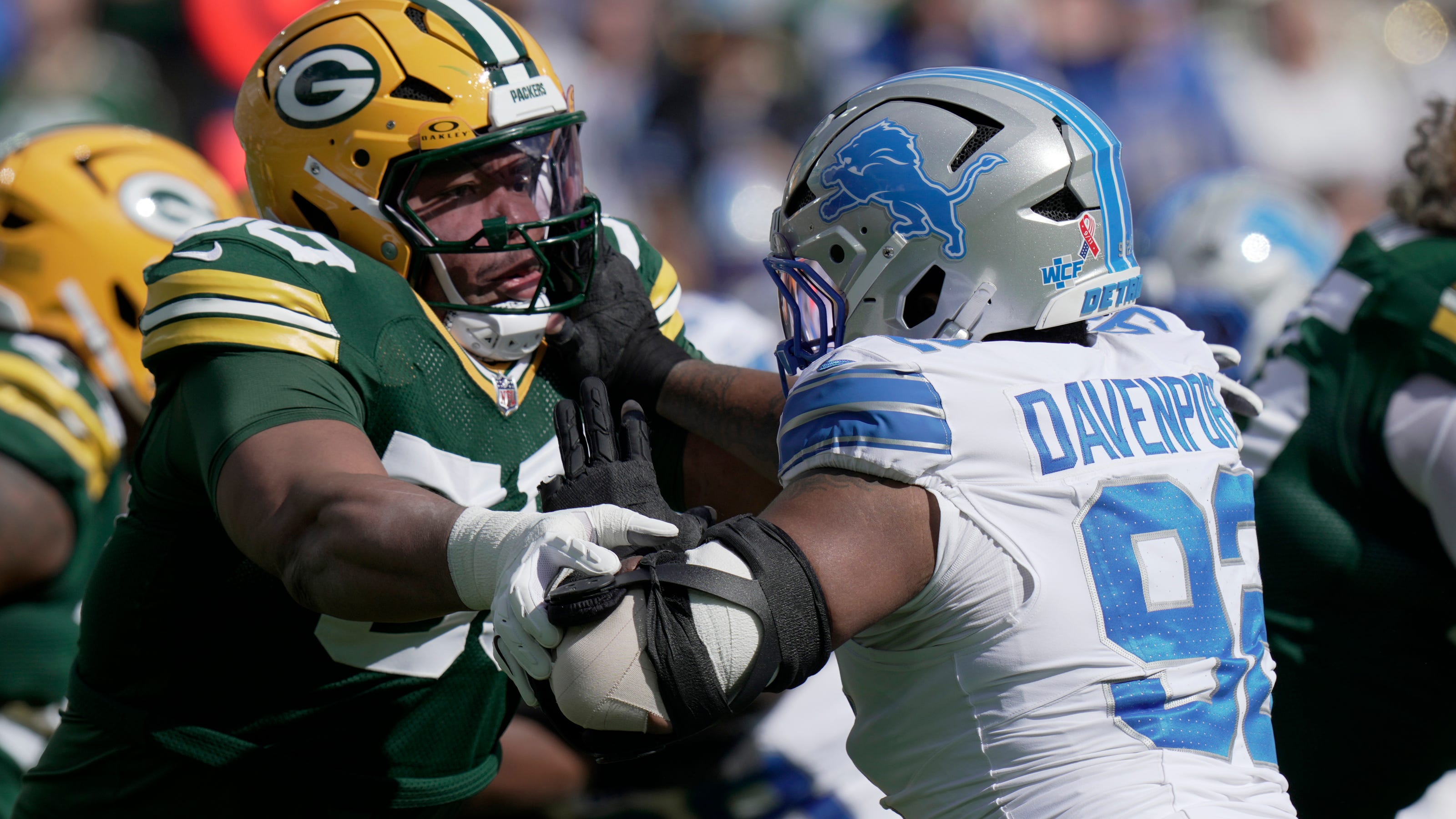The Fall Equinox: Fact Vs. Fiction About Equal Day And Night

Welcome to your ultimate source for breaking news, trending updates, and in-depth stories from around the world. Whether it's politics, technology, entertainment, sports, or lifestyle, we bring you real-time updates that keep you informed and ahead of the curve.
Our team works tirelessly to ensure you never miss a moment. From the latest developments in global events to the most talked-about topics on social media, our news platform is designed to deliver accurate and timely information, all in one place.
Stay in the know and join thousands of readers who trust us for reliable, up-to-date content. Explore our expertly curated articles and dive deeper into the stories that matter to you. Visit Best Website now and be part of the conversation. Don't miss out on the headlines that shape our world!
Table of Contents
The Fall Equinox: Separating Fact from Fiction About Equal Day and Night
The autumnal equinox, arriving around September 22 or 23 each year in the Northern Hemisphere, marks a significant turning point in the seasonal cycle. This celestial event, often associated with equal amounts of daylight and darkness, is steeped in both scientific fact and cultural folklore. But how much of what we hear about the equinox is actually true? Let's delve into the facts and debunk some common myths surrounding this captivating phenomenon.
The Science Behind the Equinox:
The equinox occurs when the Earth's tilt is neither inclined towards nor away from the sun. This means the sun is directly overhead at the equator. This positioning results in a near-equal distribution of sunlight across the globe, leading to roughly 12 hours of daylight and 12 hours of darkness for most locations on Earth. However, it's crucial to understand that this "equal" daylight is an approximation.
- Atmospheric Refraction: The Earth's atmosphere bends sunlight, causing the sun to appear slightly above the horizon even after it has technically set. This effect slightly extends the length of daylight, even on the equinox.
- Geographical Variations: The precise timing of sunrise and sunset varies depending on your geographical location and altitude. Areas closer to the poles will experience slightly more deviation from the 12-hour mark.
- Equinox vs. Solstice: It's important to distinguish the equinox from the solstices (summer and winter). Solstices mark the longest and shortest days of the year, respectively, due to the Earth's axial tilt.
Debunking Equinox Myths:
Several myths and misconceptions surround the autumnal equinox. Let's address some of the most common:
Myth 1: Perfect 12-hour Day and Night Everywhere: As explained above, perfect equality of day and night is rare, even on the equinox. Atmospheric refraction and geographical location play significant roles.
Myth 2: Magical Properties and Increased Energy: Many cultures associate the equinox with spiritual significance, attributing magical properties to the day. While the equinox holds cultural importance for many, there is no scientific evidence supporting enhanced energy or mystical powers.
Myth 3: The Equinox Determines the Start of Autumn: While the equinox marks the astronomical beginning of autumn, meteorological autumn begins earlier, on September 1st, for simpler weather tracking purposes.
Myth 4: All Equinoxes Are Created Equal: The date of the equinox can vary slightly from year to year due to the Earth's elliptical orbit around the sun.
The Cultural Significance of the Equinox:
Despite the scientific nuances, the autumnal equinox holds profound cultural and historical significance globally. Many cultures celebrate harvests, honor ancestors, and mark the transition from summer to autumn with festivals and traditions. This highlights the deep connection between humanity and the cyclical rhythms of nature. For example:
- Mabon (Wicca): This harvest festival celebrates the balance between light and dark.
- Chinese Mid-Autumn Festival: This festival often involves moon gazing and family gatherings.
- Indigenous American Traditions: Many Indigenous American cultures have unique ceremonies and celebrations associated with the equinox.
Conclusion:
The autumnal equinox is a fascinating astronomical event, blending scientific accuracy with rich cultural traditions. While the concept of perfectly equal day and night is a simplification, the equinox remains a powerful symbol of balance and transition, reminding us of the Earth's constant motion and the cyclical nature of life itself. Learning to separate fact from fiction allows us to appreciate the equinox for its scientific wonder and cultural richness. Further research into specific cultural traditions associated with the autumnal equinox in your region can provide a deeper understanding of this significant event.

Thank you for visiting our website, your trusted source for the latest updates and in-depth coverage on The Fall Equinox: Fact Vs. Fiction About Equal Day And Night. We're committed to keeping you informed with timely and accurate information to meet your curiosity and needs.
If you have any questions, suggestions, or feedback, we'd love to hear from you. Your insights are valuable to us and help us improve to serve you better. Feel free to reach out through our contact page.
Don't forget to bookmark our website and check back regularly for the latest headlines and trending topics. See you next time, and thank you for being part of our growing community!
Featured Posts
-
 Drone Sightings Force Emergency Closure Of Copenhagen Airport
Sep 23, 2025
Drone Sightings Force Emergency Closure Of Copenhagen Airport
Sep 23, 2025 -
 Myles Garrett Vs Kraft And Tom Key Packers Browns Offensive Line Matchup
Sep 23, 2025
Myles Garrett Vs Kraft And Tom Key Packers Browns Offensive Line Matchup
Sep 23, 2025 -
 Relationship Announcement Landry Kiffin And Lsu Players Romance Heats Up Before Sec Game
Sep 23, 2025
Relationship Announcement Landry Kiffin And Lsu Players Romance Heats Up Before Sec Game
Sep 23, 2025 -
 Future Of Palestine Key Considerations For A Successful Statehood Transition
Sep 23, 2025
Future Of Palestine Key Considerations For A Successful Statehood Transition
Sep 23, 2025 -
 Us Support For Netanyahu Amidst Growing Palestinian State Recognition
Sep 23, 2025
Us Support For Netanyahu Amidst Growing Palestinian State Recognition
Sep 23, 2025
Latest Posts
-
 Injury Report Packers Battle Multiple Setbacks After Week 3
Sep 23, 2025
Injury Report Packers Battle Multiple Setbacks After Week 3
Sep 23, 2025 -
 International Recognition Of Palestine Netanyahus Response And Us Backing
Sep 23, 2025
International Recognition Of Palestine Netanyahus Response And Us Backing
Sep 23, 2025 -
 Did Letting Go Of Jimmy Kimmel Hurt Abc Financially A Look At The Numbers
Sep 23, 2025
Did Letting Go Of Jimmy Kimmel Hurt Abc Financially A Look At The Numbers
Sep 23, 2025 -
 Fara Williams Pays Tribute To Matt Beard One Of A Kind Liverpool Manager
Sep 23, 2025
Fara Williams Pays Tribute To Matt Beard One Of A Kind Liverpool Manager
Sep 23, 2025 -
 Historic Cuts To Food Assistance Programs Trump Administration Suppresses Hunger Report
Sep 23, 2025
Historic Cuts To Food Assistance Programs Trump Administration Suppresses Hunger Report
Sep 23, 2025
